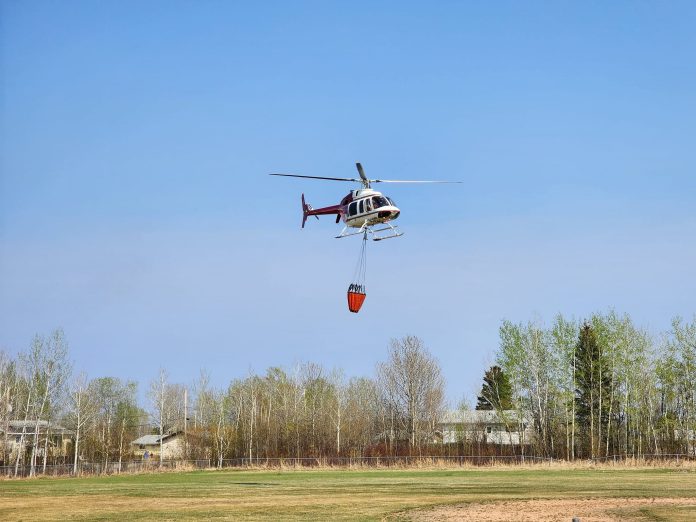
Cooler weather and rain have made it safer for crews to directly attack several wildfires burning in northern Saskatchewan.
“We have actually been able to shift our suppression efforts from more of an indirect manner that we’ve been using, which you do when hazards are extremely high, to direct, which means we’re actually able to get folks directly on to the fire line, heavy equipment backing them up, as well as helicopter support tight into the fire,” explained the Saskatchewan Public Safety Agency’s (SPSA) Steve Roberts.
As of Friday, there are 20 active wildfires in the province. Five of them are not contained.
This includes the Shaw fire between Buffalo Narrows and Ill-a-la-Crosse – the largest of the fires at over 133,000 hectares. The SPSA says crews are working to contain the fire around major highways and by powerlines around the Niska channel.
The Vermette fire, southwest of Dillon, is about 65,500 hectares.
While these fires remain uncontained, Roberts said leadership from many nearby communities have allowed evacuees to return home unless they have health concerns.
Patuanak, however, is still under an evacuation order.
“Even though there remains some smoke hazard, the physical threat to those communities has been reduced,” said Roberts.
The SPSA is still supporting 52 evacuees from Buffalo Narrows in Lloydminster and 131 people from Patuanak in North Battleford.
Other wildfires include the Wistigo fire southeast of Pinehouse Lake, which is over 60,000 hectares. The Sharp fire has grown to nearly 18,000 hectares north of La Ronge, and the KPIR02 fire south of Deschambault Lake is over 4,600 hectares.
Over a thousand people from Deschambault Lake have evacuated to Prince Albert, Saskatoon, Flin Flon and Creighton.
“All of the communities that were threatened, we have been successful in keeping the fires from entering and damaging those communities,” said Roberts.
He added that some remote values, such as cabins and sheds, have been damaged.

